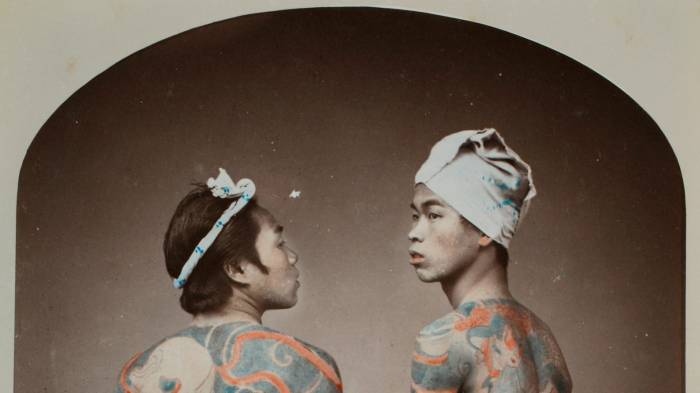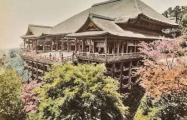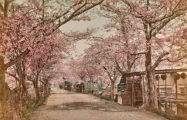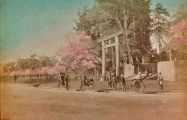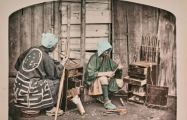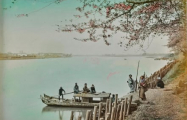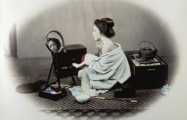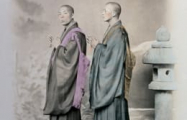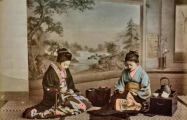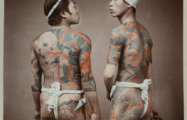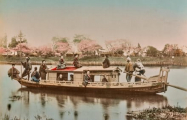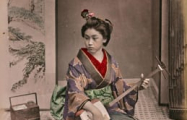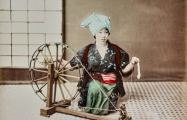The images were captured by the Italian Felice Beato, one of the first Western photographers allowed into the once-reclusive state after it opened to the world in the 1850s. Traveling around the country to document its people, customs and landscapes, Beato took inspiration from Japanese wood block prints and collaborated with local watercolor artists to develop a unique style which saw him apply colored paint onto black and white prints.
Now, a new book is bringing some of Beato's photos to light for the very first time. Depicting beauty ideals and traditions, from tattoo-covered samurais to ancient tea ceremonies, "Lost Japan" offers a look inside a rarely-seen period of the country's past.
"Until 1900, Yokohama (where Beato was based) was one of the most international cities in the world while Japan was still a country entirely to discover," wrote author Rossella Manegazzo, "and in this sense photography played a crucial role."
Female beauty was among the subjects most commonly explored in Beato's pictures, which include striking images such as a woman on an evening stroll with stark white makeup and an umbrella. Both Western and Japanese photographers would use young Japanese women as models to recreate daily life in the country's so-called "pleasure districts."
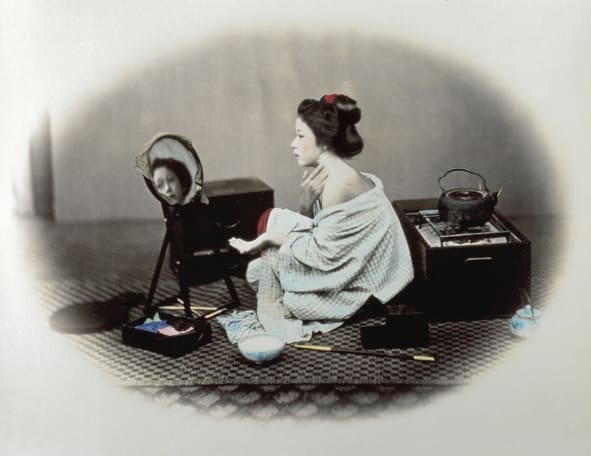
This photo, enclosed in Beato's signature oval frame, shows a woman applying white makeup to her face while leaving one shoulder uncovered. Credit: Felice Beato
"What was exotic was sought after, and the white skin of the Japanese women -- along with their peculiar hairdos, the kimonos, and their everyday objects -- represented what was most highly desirable," wrote Manegazzo.
Resembling a style of art known as "fuzokuga," or "genre painting," which depicts the disappearing crafts and traditions of Edo-period Japan, Beato's photos portray domestic scenes including weaving and pipe smoking. His portraits of everyday figures, like rickshaw drivers and letter bearers, show the different strata of Japanese society at the time.
"(The photos) represent a veritable classification of customs and traditions," wrote Manegazzo, "as well as of the types of people who inhabited pre-modern Japan."
Photo
More about: Japan








